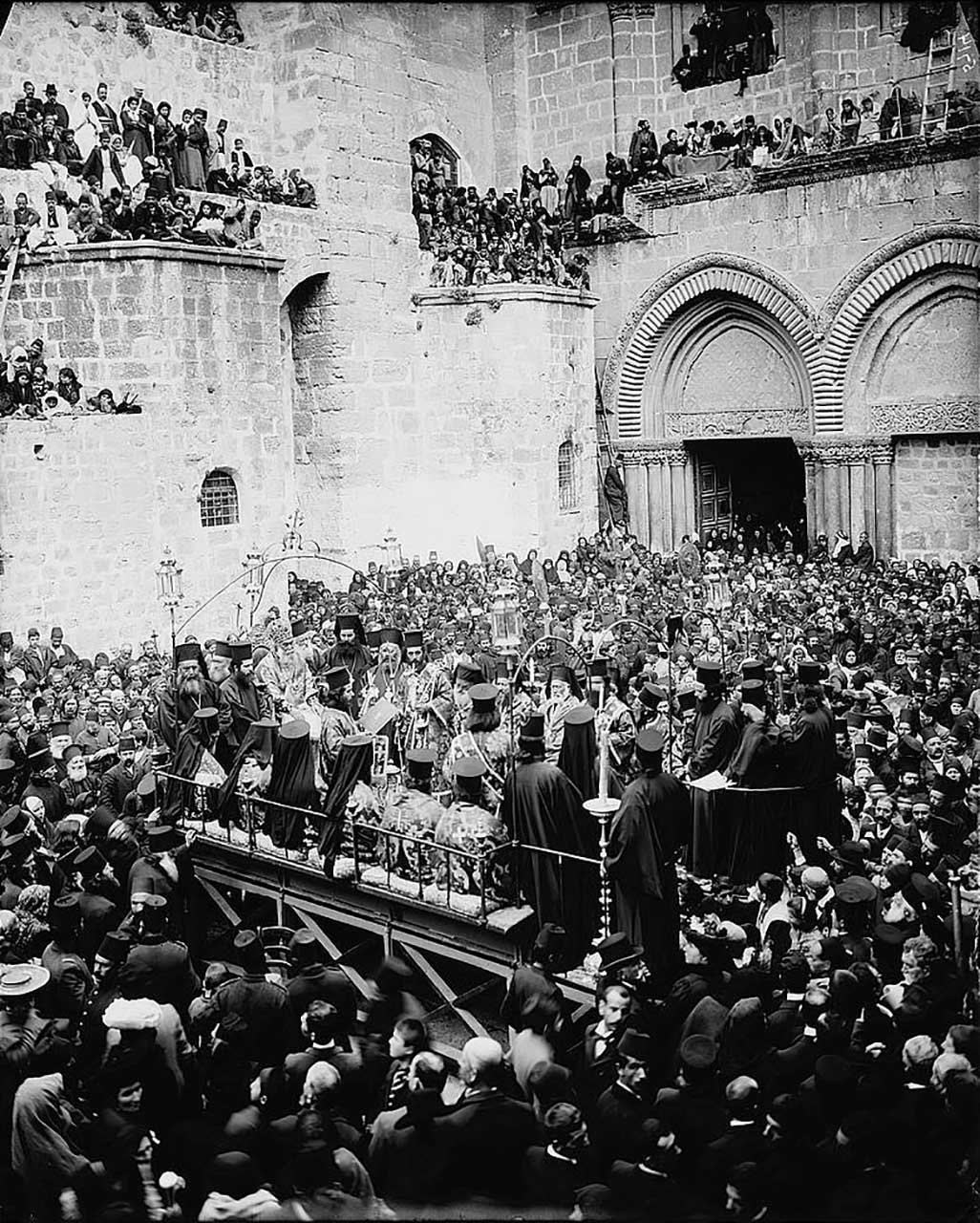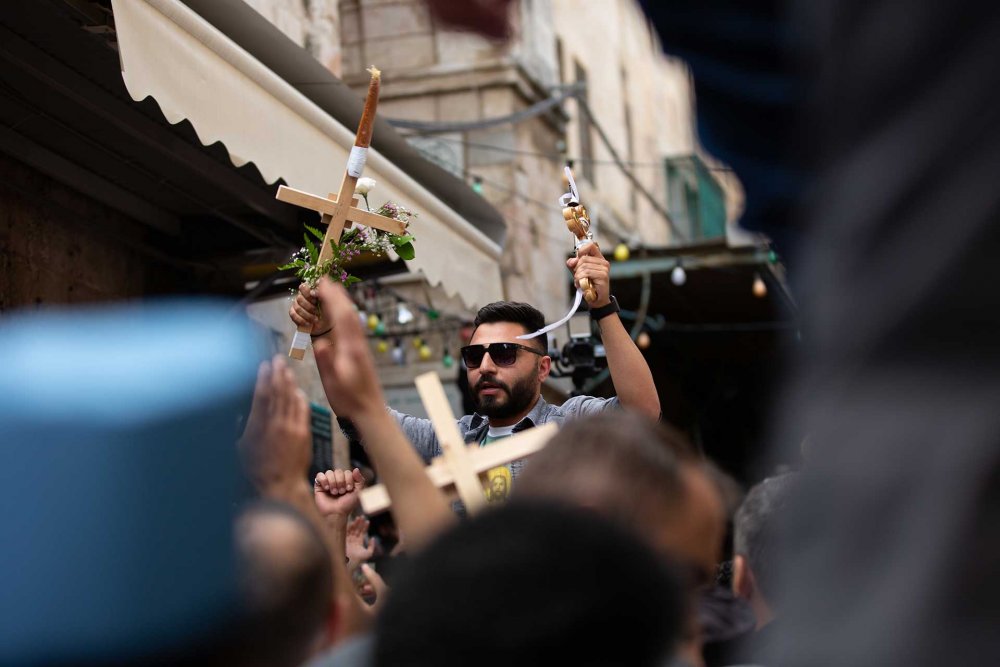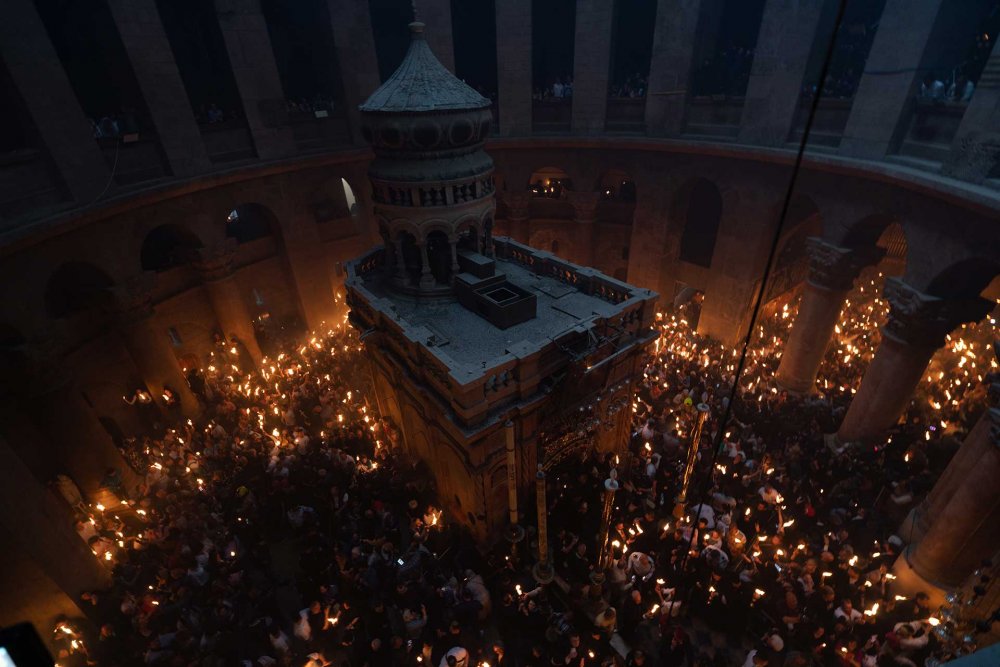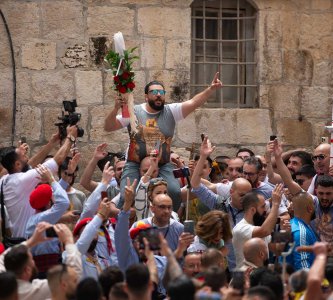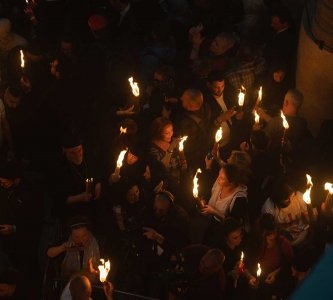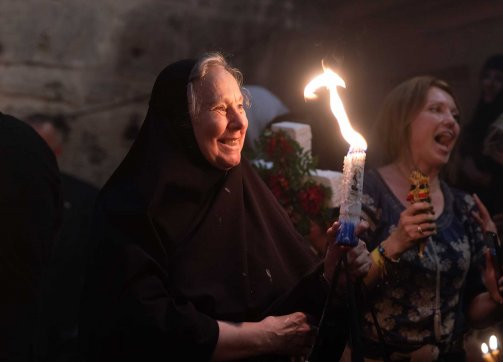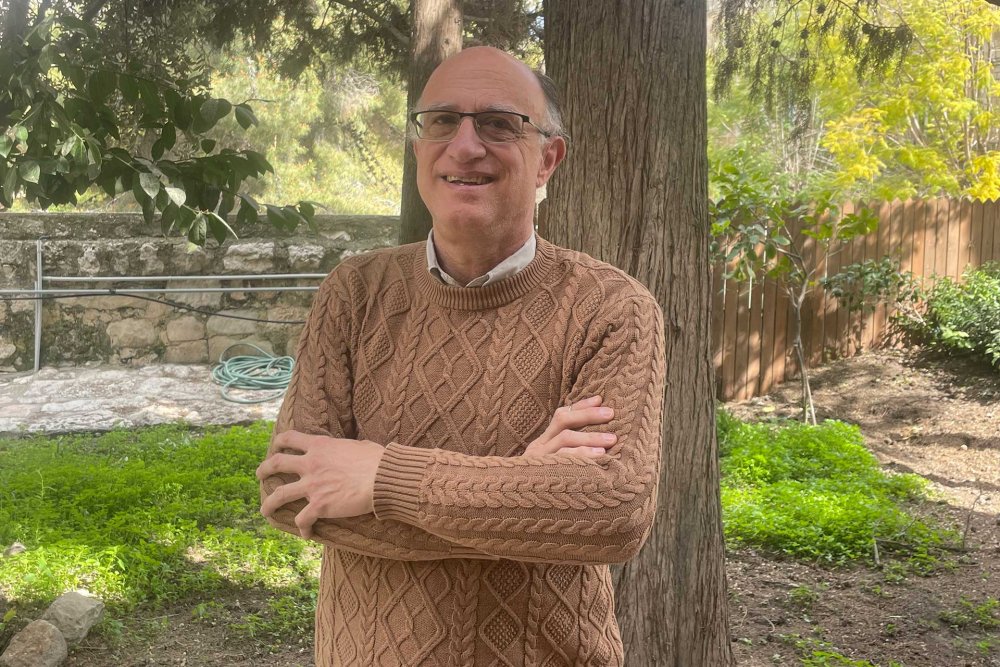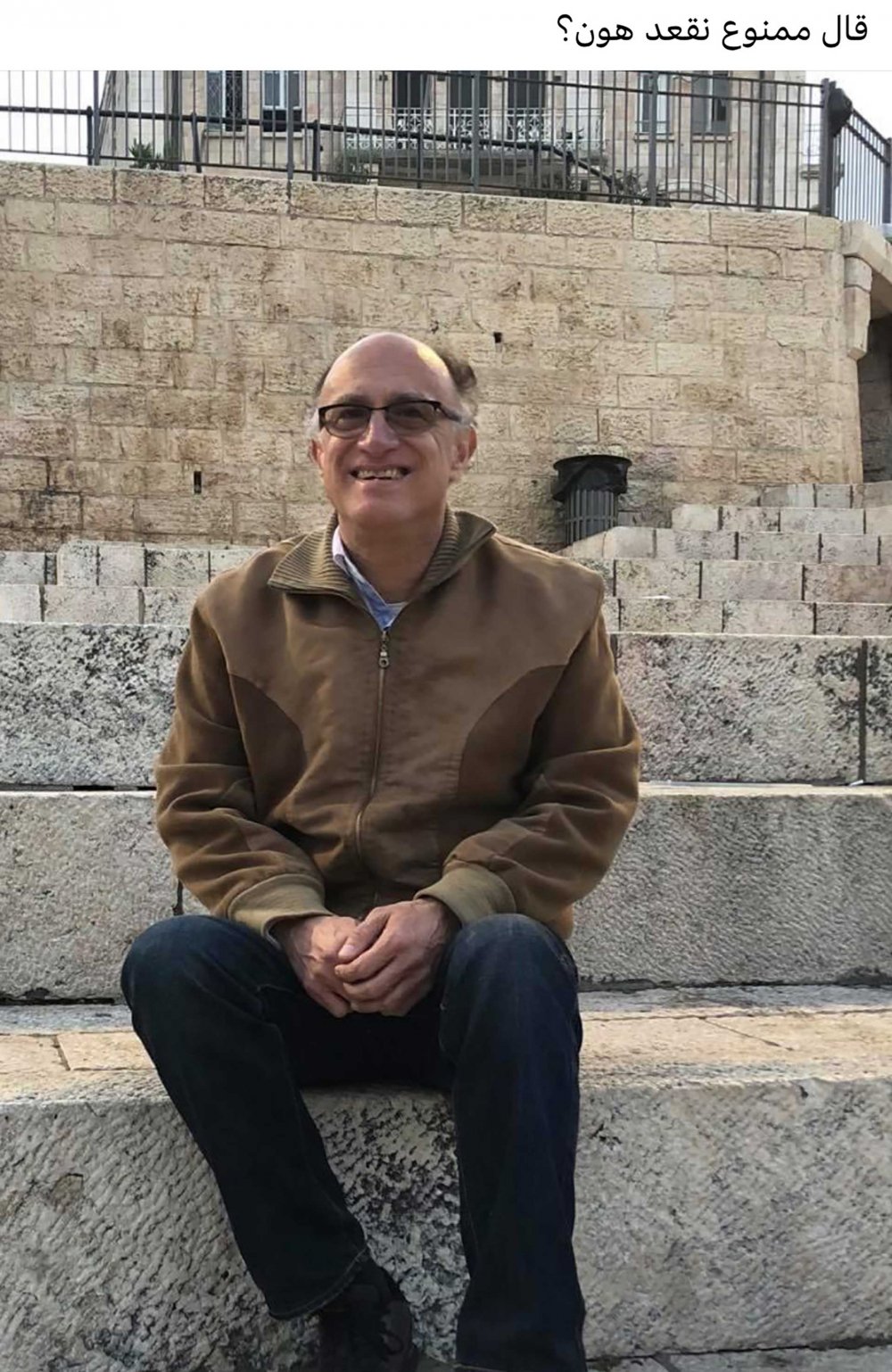In Jerusalem, the connection between life and death is never forgotten; this city is no stranger to bitter conflict, tumultuous times, and dramatic events. The political context ultimately sets the tone for this awareness of the fragility of humankind, with its ongoing stories of mass arrests, loss of lives, and destruction of homes. Spirituality is no less intense: the ceremonies and traditions of the three monotheistic religions have for centuries established collective moods of hope.
Between the earth and the skies, observers seek the guidance of lunar cycles and calendars to determine the dates of practice: This year, the holy month of Ramadan started on Monday, March 11, with the sighting of the new crescent moon. The Jewish Passover (Pesach) is set to take place between April 22 and April 29. As for Christians, the Latin Easter Sunday (as in most Western countries) is set on March 31; Palm Sunday falls a week earlier. The Orthodox Easter (considered the national Easter in the Palestinian occupied territories and a momentous event in Jerusalem) occurs later than usual this year: Eastern Lent starts on March 18 and culminates with Easter on May 5, and the much-anticipated Miracle of the Holy Fire, known locally as Sabt al-Nur (Saturday of Light), is set to take place on May 4, 2024. This day symbolizes the raising from the dead, the Resurrection.

